Swann in Profile: Harold Porcher
In the latest installment in our Swann in Profile series, we welcome Harold Porcher as Director of our new Modern & Post-War Art department. Read below to learn more about Porcher, Modern and post-war art, and best collecting practices.
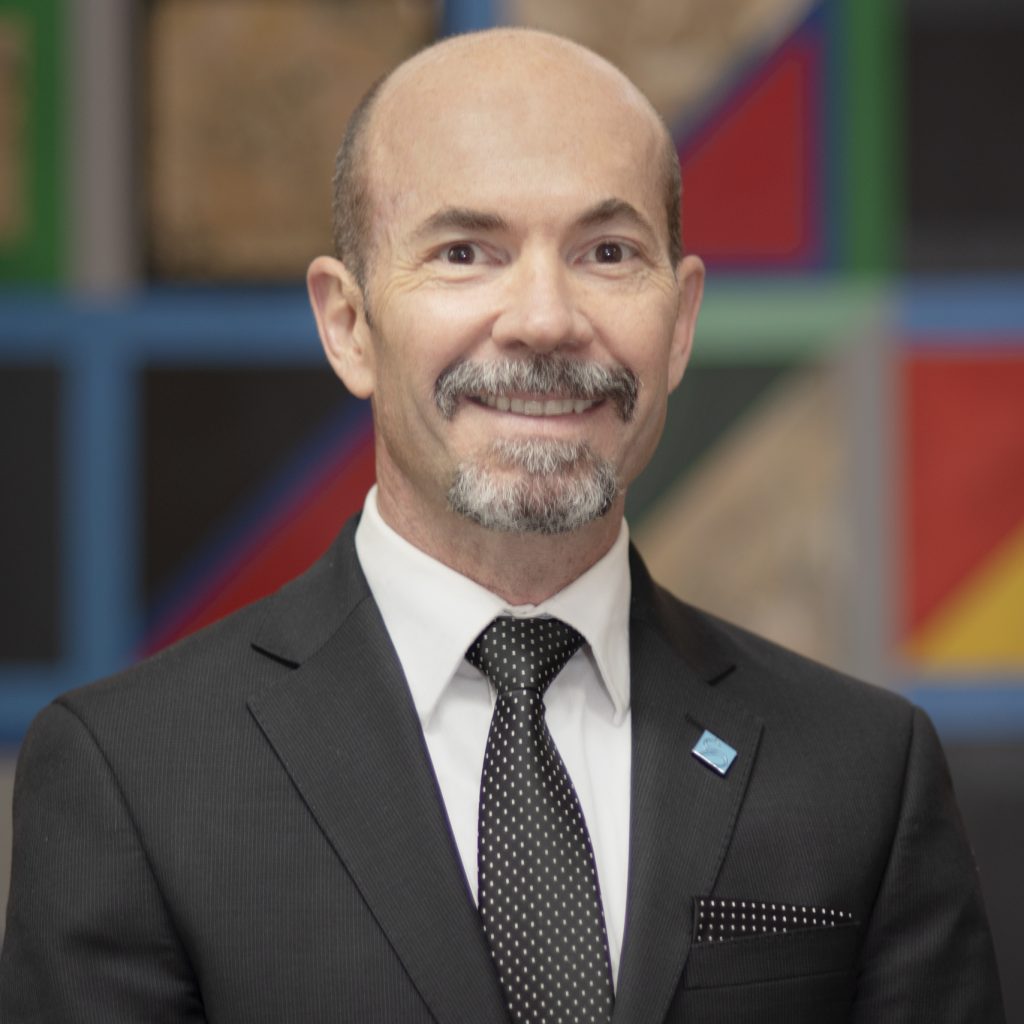
Director, Modern & Post-War Art
Tell us more about life before Swann. What brought you into the world of art?
I didn’t follow a straight path, rather a meandering and bumpy one to find my way to the art auction business. I grew up in the low country of South Carolina with a father that could name every plant and bird we would see while fishing, shrimping or crabbing. I naturally thought biology would be my major and some tributary of the biological sciences in my career. Being descended from great scientists (Joel Roberts Poinsett, botanist, diplomat and namesake of the Poinsettia; Dr. Francis Peyre Porcher, who studied herbal medicines from around the world and started the first hospital for treating enslaved people in the United States; and Dr. Richard Porcher, botanist, professor, and conservationist, who was still teaching at The Citadel while I was across town at the College of Charleston) I am not sure if my heritage drew me in or pushed me away. In truth, I love the arts and sciences equally and will always be an armchair naturalist.
I was raised as the youngest of four in an artistic family. My father and brother practiced architecture. One of my sisters is an artist and art teacher, and I paint and sculpt when I find free time, which is rare. While in school my jobs were divided between restaurants and art galleries. Not being a fan of late nights, I am pleased I leaned toward art sales and not food service.
As a specialist, what is one resource you can’t do without?
When I arrived in New York in 1989, I landed a job working for Sidney Deutsch. One of Sid Deutsch Gallery’s areas of focus was the abstract painters producing works between the two world wars. A book by John Lane and Susan Larsen, Abstract Painting and Sculpture in America: 1927-1944, was the main source for collectors and dealers in determining who the important torchbearers of American Modernism were in those decades. For a long time dealers and collectors weren’t interested in those artist’s works if they were made before or after the years framed by Lane and Larsen. That has since changed with younger collectors appreciating the older artist’s works as they transitioned into the post-war era. For a long time, that book was my bible.
Swann started as a rare and antiquarian book auction house. Do you have a favorite book or author? Are you a collector?
Most of the works I have are art history related, but my favorite author is Kurt Vonnegut. His scientific background coupled with a brutal humor offers his readers a view of the human condition that seems to voice my own inner voice.
As I mentioned earlier, I have a passion for books. When I am curious about something, it possesses me. As a kid, it was comic books and stickers. Odd Rods were a favorite sticker. As a former art dealer, I accumulated a collection of art I liked but could not find buyers for. Recently I have been buying Japanese figures from the 1960s TV series, Ultra Man. Bandai is currently making figures with great detail. Having these figures is a way of reawakening memories I had thought lost in time. Other than smells, visual cues seem to trigger deep memories remarkably well.
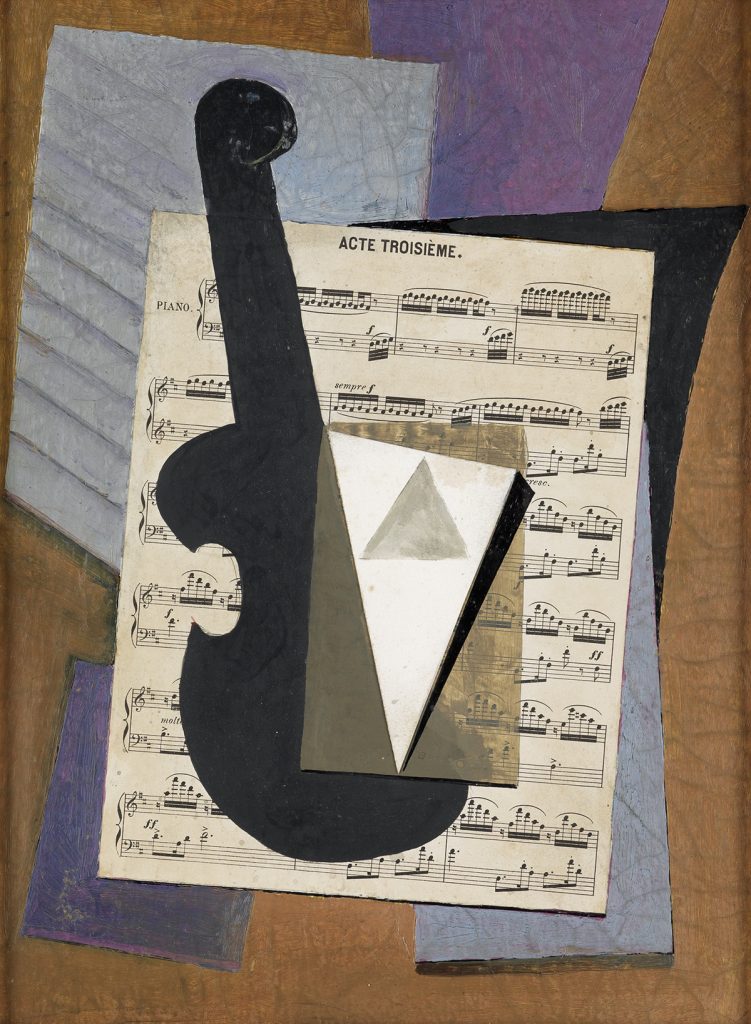
If someone is visiting NYC, what’s your go-to recommendation? What do you do in your free time?
I often wonder if I am a lousy tour guide. When friends and family visit me and want to see the city I tend to avoid the typical hot spots. Mostly I make them wander in Central Park. As most New Yorkers know, getting lost in the park is one of the greatest ways to discover spots you had not seen before. The same can be said for the streets: just put on good walking shoes and wander. There are no boring parts of New York.
The majority of my free time is spent training. I cannot say I love running, but I enjoy challenging myself and competing. I discovered later in life that I am a half-decent runner, and friends I have made in the sport are some of the people who know me best. When you are running next to someone for 12 to 22 miles every Sunday you talk about everything. It seems much like therapy, without the couch.
What do you love about auctions?
As an art dealer, you kind of need a specific area of focus, or else you just get lost in the multitude of collector’s interests. As a specialist in the auction world, you oversee categories that cast a wider net. Every season I find myself learning about, and appreciating the works of an artist I was not aware of before. To have a job where you are constantly learning is as exciting as I could have ever hoped for in a career.
What should collectors know about Modern and Post-War art? Are there any common misconceptions?
There are a few things I have always encouraged collectors to be aware of. Pick a category that speaks to you personally. If you don’t love the works and relate to what the artists are trying to say, you will probably end up being sold bad examples. Once you find an area of art that you like, read everything you can find to learn more about that genre. Ask lots of questions about provenance, exhibition history, and condition. The goal when collecting should not be based largely on resale, but not factoring in any and all areas of monetary growth in your investment would be rather half baked.
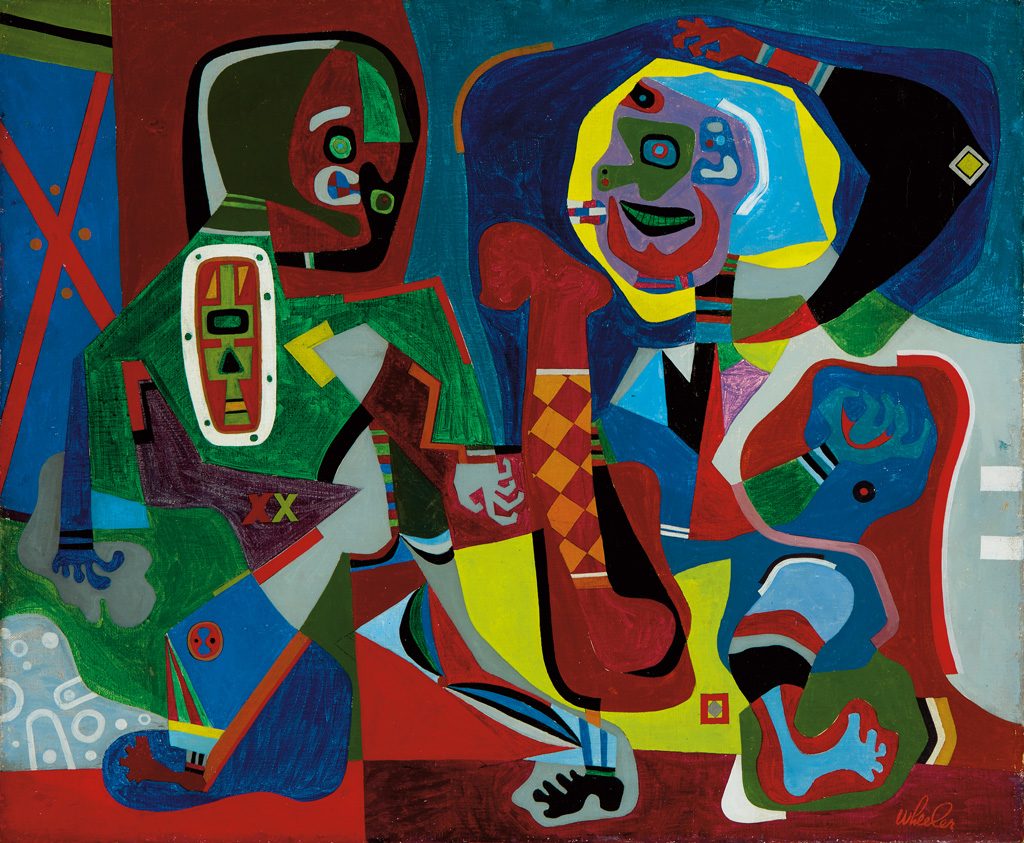
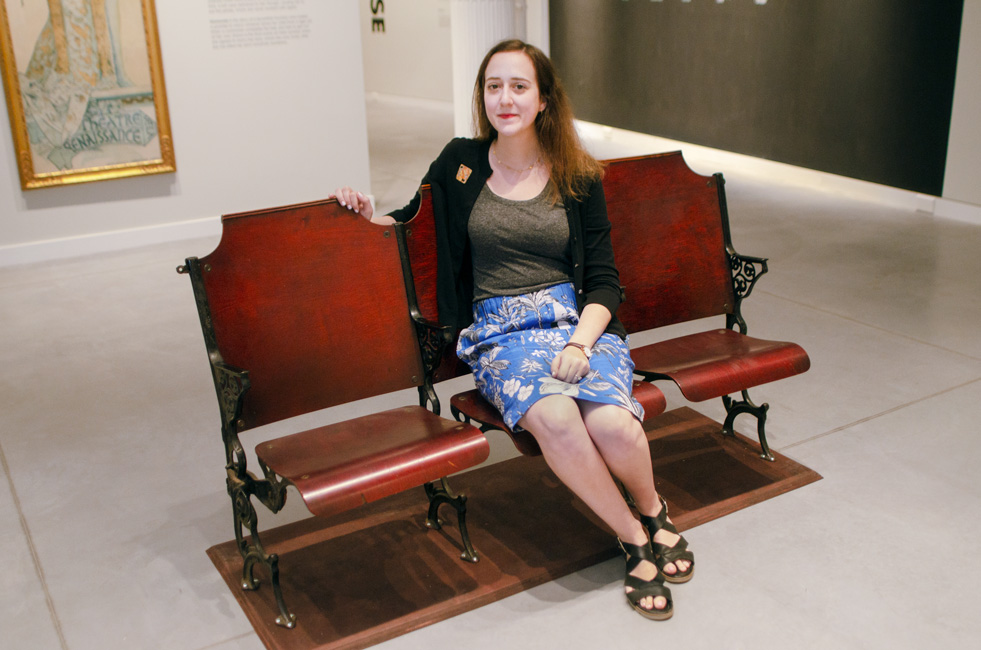
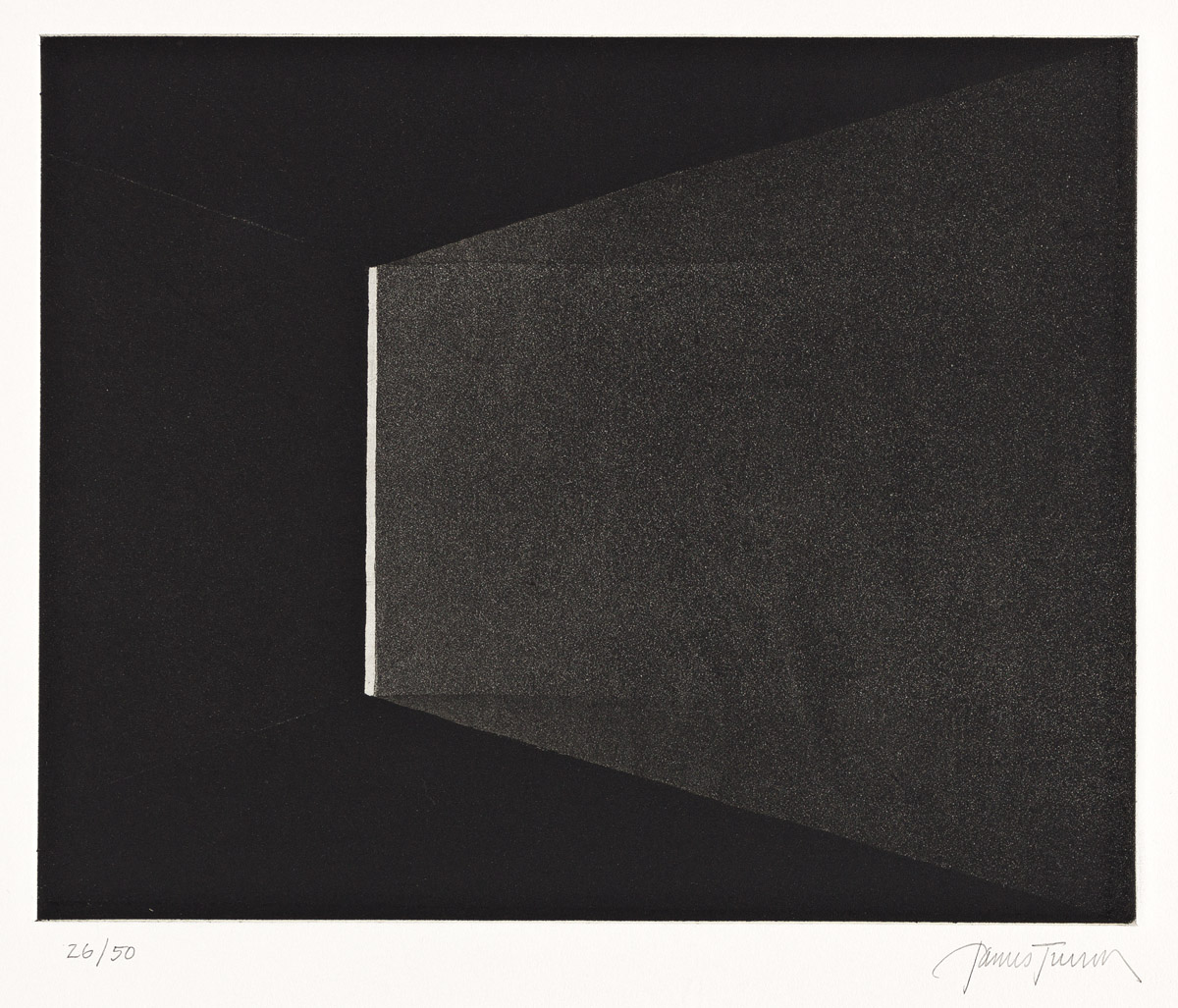










![Grace Meschery-McCormack shares about two copies of Fernando de Rojas’s ‘La Célestine,’ including a limited edition copy illustrated by Pablo Picasso.
At auction April 22. Learn more about the works at the link in our bio.
#Rarebooks #rarebookdealer #antiquarianbooks #auctions
_______________________________________
Music Credit:
Schubert - Piano Quintet in A major ‘The Trout’, D. 667 - IV. Andantino – Allegretto
Music provided by Classical Music Copyright Free on Youtube [https://tinyurl.com/visit-cmcf]
Watch: • Schubert - Piano Quintet in A major ‘...]](https://scontent-iad3-1.cdninstagram.com/v/t51.75761-15/491443494_18499096345036585_5935932878956098058_n.jpg?stp=dst-jpg_e35_tt6&_nc_cat=107&ccb=7-5&_nc_sid=18de74&_nc_ohc=ostXVtDDbb4Q7kNvwHZ-361&_nc_oc=AdkTFTlWxAJeofFczbA8cqnIGv7iN7enlz_0FCOhihr51VzfEZ7vUkMWgZUhTaQVla0&_nc_zt=23&_nc_ht=scontent-iad3-1.cdninstagram.com&edm=AM6HXa8EAAAA&_nc_gid=NSkBJ9xiQxIfYzkaPP8d2Q&oh=00_AfFuixbbXIKagrFBdLyMxdDPR9KwIyrmDMUKYJ84T1NK7g&oe=6818EC91)





